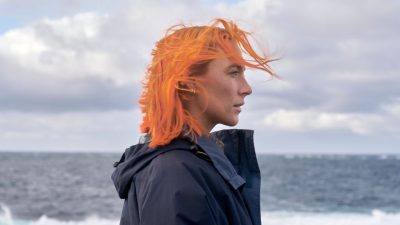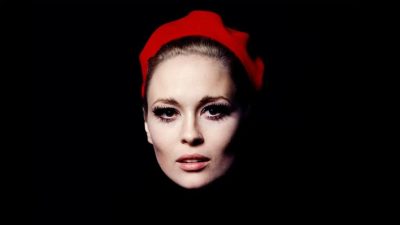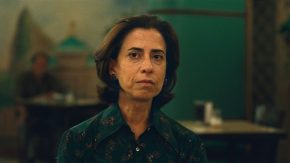I think many people don’t like Halloween because they don’t understand what it’s really about. It’s not just about scaring each other for the fun of it, but more about making fun of our greatest fears, passing and death, on the eve of All Saints Day, and thereby being set free from at least some of the constant tension they cause in our lives.
Therefore, this holiday has a very similar psychological function to horror films: we watch them as well to face our fears in a kind of a sheltered environment. Even if our pulse is racing, we are swimming in sweat, and screaming when what happens on the screen is frightening us, we end up facing the fact that, even if the physiological effects were real, the horrors that caused them were, thankfully, faked.
I admit that although I appreciate Halloween, my nerves are not good enough for horror films – unless it was made a hundred years ago, black and white, and “silent”. In that case, I really enjoy watching and analysing how the filmmakers scared the hell out of the audience back then.
How silent is the silent film?
It is not by accident that I put the adjective “silent” in quotation marks above. What we now call silent film is silent only in the sense that no sound was recorded with the motion picture, because the technical possibilities did not exist at the time. So instead of dialogue, the physical acting itself (or written text inserted between frames) told the story. In reality, however, these films were never played ‘silently’. The scenes were planned in advance so that they knew what and when a pianist, organist or even a whole orchestra was going to play. The viewers also had the visual and the musical world completely connected in their minds, that was the experience they were looking for when they went to see a film.
Of course, as technology has pushed black-and-white and silent films out of the mainstream, the whole art of filmmaking has been transformed, so it’s all the more interesting to see what it’s like to return to those basics as a contemporary. Whereas a hundred years ago anyone who wanted to make a film could only make this one type, nowadays if one works with silent film equipment, they definitely have something to say with it. Interestingly, there are a few such films that still want to make the audience shiver: for example, the 2005 adaptation of Lovecraft’s novella The Call of Cthulhu, or the 2011 Japanese vampire film Sanguivorous, which toured with a whole live orchestra at the time of its release, further evoking the early relationship between silent film and live music.
What shall we be scared of during this Halloween season?
If you’d still prefer to watch original old films, you might want to pick up something like the good old team of Frankenstein and his Beast, Dr Jekyll and Mr Hyde, and Nosferatu.
Although the 1931 adaptation of Frankenstein is the most famous, a silent film version was also made in 1910. It is quite short, only 16 minutes, yet it is very interesting from a film history point of view. It was one of the first silent films to be accompanied by a separate music script, so we know exactly what the filmmakers intended and what music they had in mind for each scene: opera, instrumental music, even a song. However, when the short film was restored for the Mary Shelley Memorial Year, they did not use the original soundtrack, but asked silent film composer Donald Sosin to write a new one.
In one of my Hungarian articles, I already wrote about going to a screening of the 1920 Dr Jekyll and Mr Hyde a year and a half ago. Sadly, I can’t offer the same experience again, as Stephen Horne and Meg Morley’s live musical adaptation was only performed once at Coventry Cathedral. It was certainly an unforgettable experience, largely due to the live silent film music – although I must say I have never since come to terms with Hyde’s crooked back and other peculiarities that evoked some pre-WWII anti-semitic imagery in me.

Sebastian Heindl. (c) Kilian Homburg
However, there is something you can indeed listen to yourself: the live musical accompaniment to the 1922 Nosferatu on 12 November at Müpa Budapest, played by the talented young organist Sebastian Heindl. As this is a truly unique and unrepeatable occasion, just like Jekyll & Hyde was to me last year, I wholeheartedly recommend that you don’t miss it. Granted, if I had problems with Hyde, I have problems with poor Count Orlok, too (well, how do you guess the Germans portrayed evil in 1922?). But as I wrote above, horror films ultimately exist to help us evoke and confront our greatest fears.
And there is perhaps nothing more personal than what our own greatest fear is…



























Comments